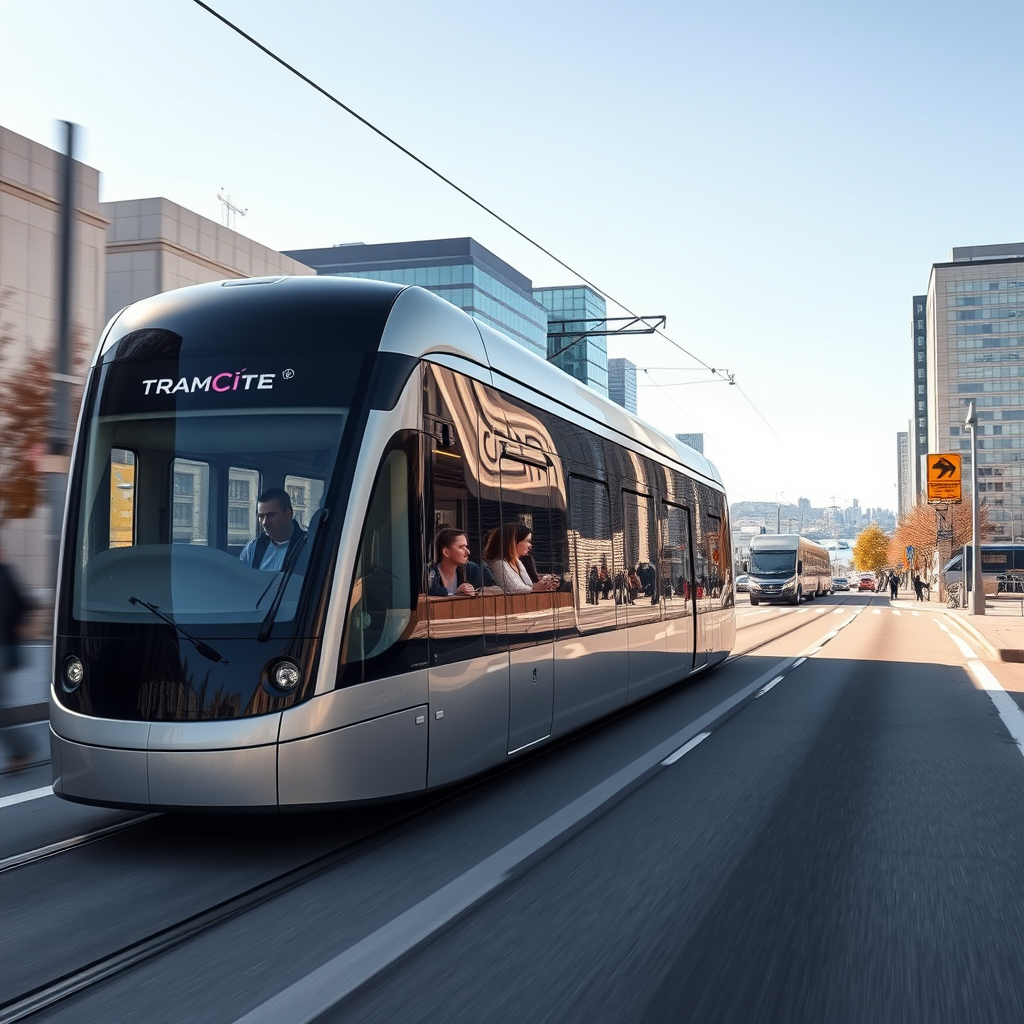Uruguay’s €50M Rail Signaling Upgrade: CAF’s Central Role

Introduction
This article delves into the significant signalling contract awarded to a consortium led by Construcciones y Auxiliar de Ferrocarriles (CAF) for the Ferrocarril Central project in Uruguay. The €50 million contract highlights the crucial role of advanced signalling systems in modernizing railway infrastructure and enhancing operational efficiency. We will examine the scope of the project, the technologies involved, the consortium’s composition and expertise, the financial aspects of the undertaking, and the broader implications for Uruguay’s national railway network and economic development. This case study serves as a compelling example of public-private partnerships (PPPs) in large-scale infrastructure projects and the increasingly important role of cutting-edge signaling technologies in enhancing safety, capacity, and overall performance of rail systems. The analysis will explore the technical intricacies of the implemented system, the financial structure supporting the project, and its contribution to Uruguay’s broader economic strategy.
The Ferrocarril Central Project and its Signalling Requirements
The Ferrocarril Central project encompasses the rehabilitation and construction of a 273km railway line connecting Montevideo, the Uruguayan capital, to Paso de los Toros. This ambitious undertaking aims to revitalize freight transport within Uruguay, a key element of the government’s infrastructure development plan. The project’s success hinges on the implementation of a robust and reliable signalling system capable of handling increased traffic volume and ensuring optimal safety. This necessitates a sophisticated system incorporating advanced technologies to manage train movements, enhance communication, and prevent collisions. The chosen solution integrates Electronic Interlocking (EI), a Centralized Traffic Control (CTC) system, and the European Rail Traffic Management System Level 1 (ERTMS L1). This combination offers significant improvements in safety, capacity, and operational efficiency compared to older systems. The ERTMS L1 component aligns with international standards, paving the way for future interoperability and expansion possibilities.
The CAF Consortium: Expertise and Collaboration
The consortium, comprised of CAF and Revenga Smart Solutions, brings together extensive experience in railway design, construction, and signalling technologies. CAF (Construcciones y Auxiliar de Ferrocarriles), a prominent player in the global rail industry, provides expertise in system integration and project management. Revenga Smart Solutions contributes specialized knowledge in signaling system design and implementation. This collaboration ensures the successful execution of the complex signalling project. The consortium’s ability to handle the design, production, installation, testing, and commissioning phases underscores their capabilities in delivering turnkey solutions for large-scale railway projects. The partnership leverages the strengths of both companies, optimizing resource allocation and minimizing potential project risks.
Financial Structure and Funding Sources
The €50 million contract, with CAF receiving €30 million, signifies a substantial investment in the Ferrocarril Central project’s signalling infrastructure. The overall project, with a total investment of $1.07 billion, underscores its significant scale and economic importance. Funding has been secured through a combination of sources, including the Sumitomo Mitsui Banking Corporation (SMBC), Intesa Sanpaolo, the Inter-American Development Bank (IDB), and other financial institutions, highlighting the collaborative effort required for large-scale infrastructure development. The utilization of diverse financing sources minimizes risk and demonstrates the project’s attractiveness to both public and private investors.
Project Implications and Conclusion
The successful implementation of the CAF-led signalling system on the Ferrocarril Central line represents a significant step towards modernizing Uruguay’s railway infrastructure. The adoption of advanced technologies such as ERTMS L1 aligns the country’s railway network with international standards, enhancing interoperability and paving the way for future expansion and integration with neighboring countries’ rail systems. The improved safety and efficiency facilitated by the new signalling system are expected to positively impact freight transportation, bolstering economic activity and supporting Uruguay’s overall economic development strategy. The public-private partnership model employed in this project serves as a successful example of how collaborative efforts can be leveraged to finance and execute large-scale infrastructure projects. The project’s overall success, further underlined by the consortium’s expertise and the secured funding, sets a precedent for future infrastructural improvements in Uruguay and showcases the vital role of advanced railway signaling systems in enhancing efficiency, safety, and economic development. The meticulous planning, technological sophistication, and robust financial backing all contribute to the project’s promise of delivering substantial long-term benefits to the Uruguayan economy and its transportation network.



